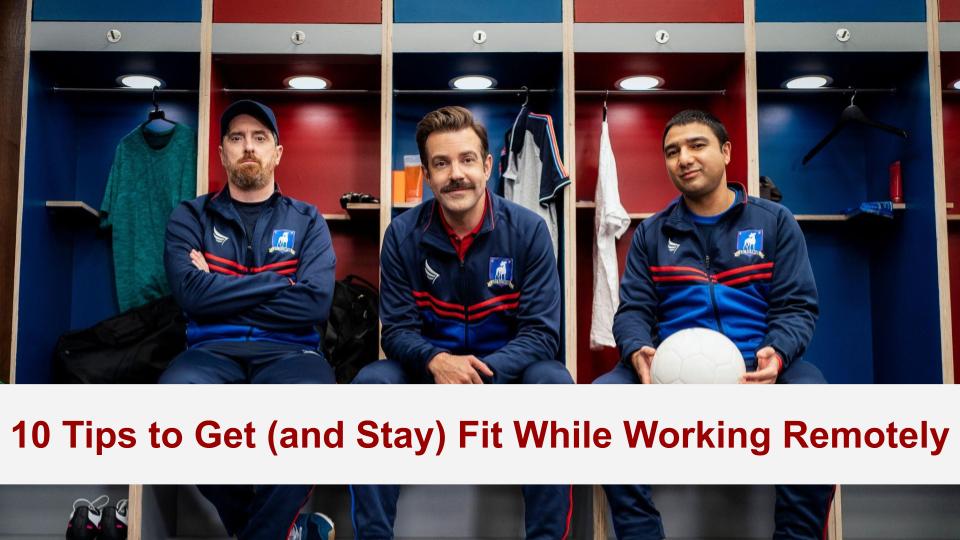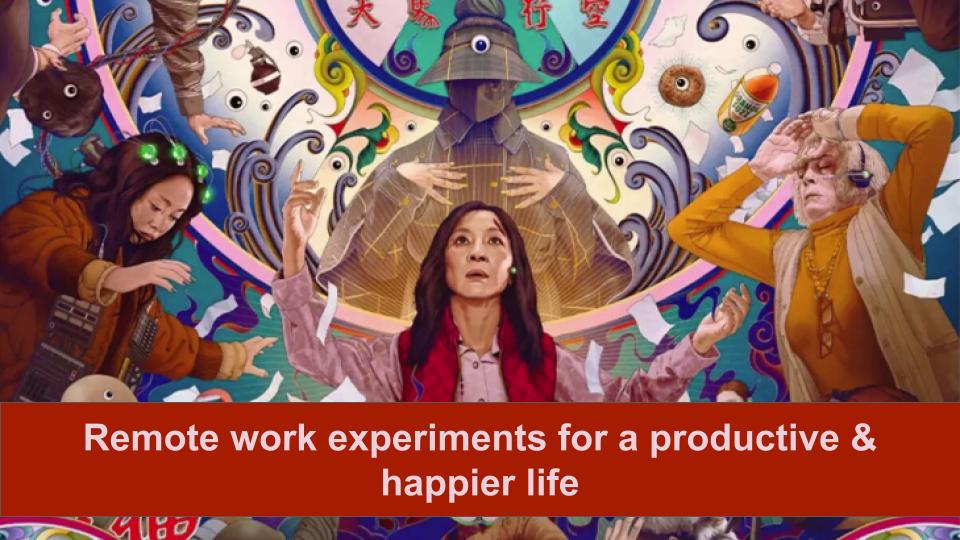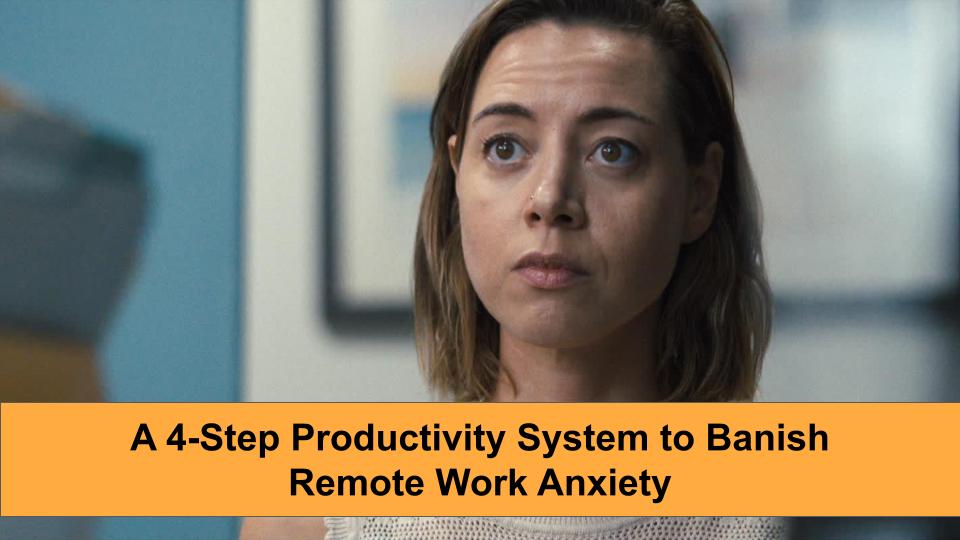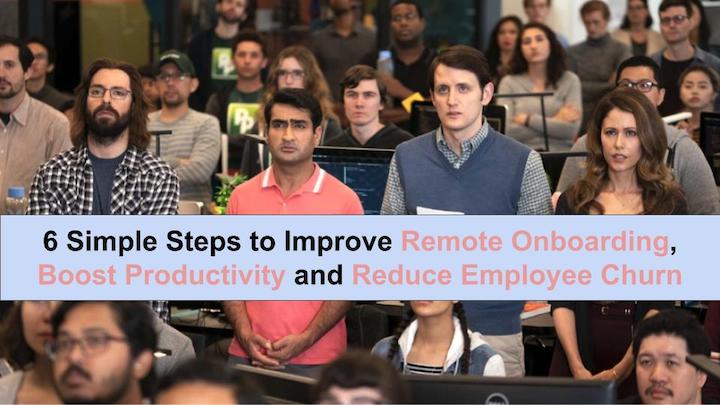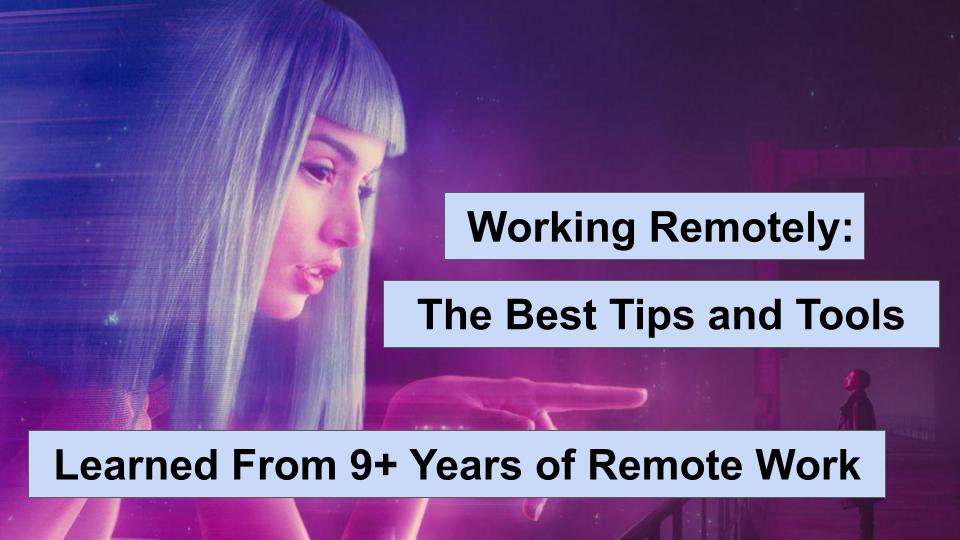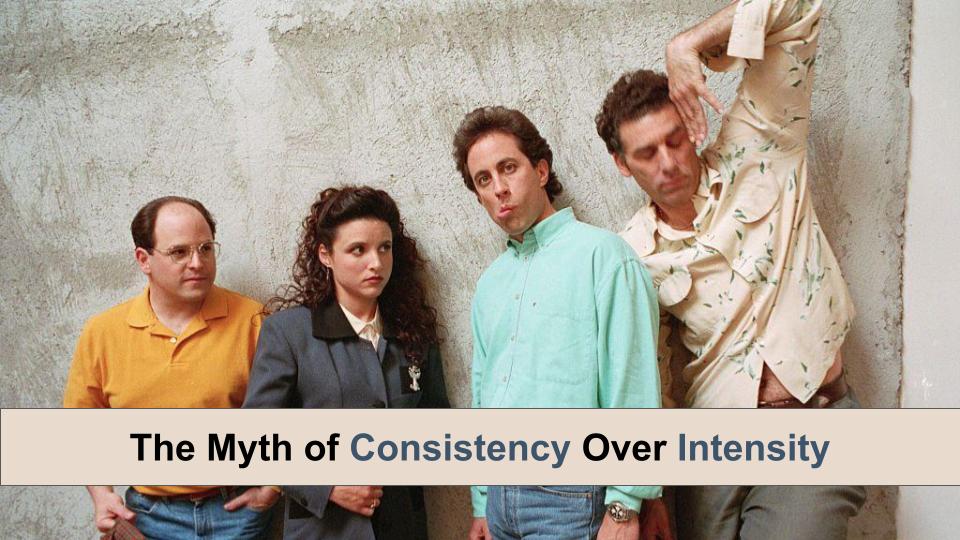Last updated on August 14th, 2022 at 09:56 am
Today, I’m going to share my favorite tips and tools for working remotely. This list has been refined after:
- After 9 years of remote work
- In 7 different roles
- Across multiple industries
Only 16% of companies are fully-remote businesses[efn_note]https://www.apollotechnical.com/statistics-on-remote-workers/[/efn_note]. Companies will spend the next 20-30 years addressing working remotely challenges. This means it’s our responsibility to create a great remote work experience.
By optimizing how you work remotely, you’ll drive more impact, get promoted faster, and earn more money. Plus, life is just more enjoyable.
The problem is most people treat remote work as working at the office… but at home. It’s not. Instead, they need to rethink every aspect of their work processes, routines, and cadences from a remote-first mindset.
Note: if you’re looking to land your first remote job, check out my article here. And if you’re trying to break into tech, read this first.
7 Tips for Working Remotely (That No One Talks About)
Remote work is a skill. The better your skills, the more successful you’ll be in a remote-first career. Here are 7 tips to improve the skill of working remotely:
